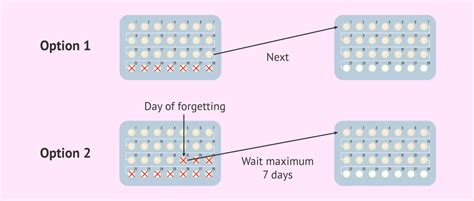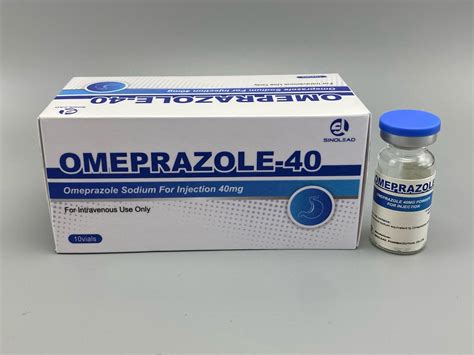The blood patch procedure, also known as an epidural blood patch, is a minimally invasive treatment designed to alleviate the debilitating symptoms of spinal headaches, which can occur as a complication of certain medical procedures, such as a lumbar puncture or spinal anesthesia. Spinal headaches, also known as post-dural puncture headaches (PDPH), are characterized by a severe, throbbing pain that typically worsens when standing upright and improves when lying down.
The underlying mechanism of spinal headaches is related to the leakage of cerebrospinal fluid (CSF) from the dural sac, which surrounds the spinal cord. This leakage can lead to a decrease in CSF pressure, causing the brain to sag and put pressure on the nerves, resulting in pain. The blood patch procedure aims to seal the hole in the dura by injecting a small amount of the patient’s own blood into the epidural space, which is the area outside the dural sac. This blood then clots, forming a patch that seals the leak and restores normal CSF pressure.
Procedure Overview
The blood patch procedure is typically performed in a sterile environment, such as an operating room or a specialized procedure suite. The patient is usually positioned in a prone or sitting position, and local anesthesia is administered to numb the area where the injection will be made. A small needle is then inserted into the epidural space, and a sample of the patient’s blood is drawn from a vein in the arm. The blood is then injected into the epidural space, where it will clot and form a seal.
The entire procedure usually takes around 15-30 minutes to complete, and the patient may experience some discomfort or pressure during the injection. However, this discomfort is typically mild and short-lived. After the procedure, the patient is usually monitored for a period of time to ensure that the headache has improved and that there are no complications.
Benefits and Effectiveness
The blood patch procedure has been shown to be highly effective in relieving the symptoms of spinal headaches. Studies have reported success rates ranging from 80-90%, with many patients experiencing significant improvement or complete resolution of their headache within 24-48 hours after the procedure. The procedure is also relatively safe, with a low risk of complications, such as infection, bleeding, or nerve damage.
One of the main benefits of the blood patch procedure is that it can provide rapid relief from the debilitating symptoms of spinal headaches, allowing patients to return to their normal activities and improve their quality of life. Additionally, the procedure can help to avoid the need for more invasive treatments, such as surgery, and can reduce the risk of long-term complications, such as chronic headache or neurological damage.
Indications and Contraindications
The blood patch procedure is typically indicated for patients who are experiencing severe or debilitating spinal headaches that have not responded to conservative treatments, such as pain medication, rest, and hydration. The procedure may also be indicated for patients who have a history of spinal headaches or who are at risk of developing chronic headache.
However, there are certain contraindications to the blood patch procedure, such as active infection, bleeding disorders, or the presence of a pacemaker or other implantable device. Additionally, patients who are pregnant or breastfeeding may need to undergo special considerations before undergoing the procedure.
Potential Risks and Complications
While the blood patch procedure is generally considered safe, there are potential risks and complications that patients should be aware of. These may include:
- Infection: As with any invasive procedure, there is a risk of infection with the blood patch procedure.
- Bleeding: There is a risk of bleeding or hematoma formation at the injection site.
- Nerve damage: There is a small risk of nerve damage or irritation during the procedure.
- Allergic reaction: Some patients may experience an allergic reaction to the local anesthetic or other materials used during the procedure.
- Headache recurrence: In some cases, the headache may recur after the procedure, requiring additional treatment.
Conclusion
In conclusion, the blood patch procedure is a highly effective treatment for relieving the symptoms of spinal headaches. The procedure is relatively safe and can provide rapid relief from debilitating headache, allowing patients to return to their normal activities and improve their quality of life. While there are potential risks and complications associated with the procedure, these can be minimized with proper patient selection, technique, and follow-up care.
What is the success rate of the blood patch procedure in relieving spinal headaches?
+The success rate of the blood patch procedure in relieving spinal headaches is reported to be around 80-90%. Many patients experience significant improvement or complete resolution of their headache within 24-48 hours after the procedure.
What are the potential risks and complications associated with the blood patch procedure?
+Potential risks and complications associated with the blood patch procedure include infection, bleeding, nerve damage, allergic reaction, and headache recurrence. However, these risks can be minimized with proper patient selection, technique, and follow-up care.
How long does the blood patch procedure take to complete?
+The blood patch procedure typically takes around 15-30 minutes to complete. The patient may experience some discomfort or pressure during the injection, but this is usually mild and short-lived.
Is the blood patch procedure suitable for all patients with spinal headaches?
+The blood patch procedure is not suitable for all patients with spinal headaches. Certain contraindications, such as active infection, bleeding disorders, or the presence of a pacemaker or other implantable device, may preclude the use of the procedure. Additionally, patients who are pregnant or breastfeeding may need to undergo special considerations before undergoing the procedure.
Can the blood patch procedure be repeated if the headache recurs?
+What are the alternative treatment options for spinal headaches?
+Alternative treatment options for spinal headaches include conservative treatments, such as pain medication, rest, and hydration, as well as other interventional procedures, such as epidural saline injections or surgical repair of the dural tear.
In addition to the blood patch procedure, there are several other treatment options available for spinal headaches, including conservative treatments and other interventional procedures. These options may be considered for patients who are not suitable for the blood patch procedure or who have not responded to the procedure.
Future Directions
The blood patch procedure has been shown to be a highly effective treatment for relieving the symptoms of spinal headaches. However, further research is needed to fully understand the mechanisms underlying the procedure and to improve its effectiveness. Additionally, the development of new technologies and techniques, such as the use of platelet-rich plasma or other biomaterials, may offer new opportunities for the treatment of spinal headaches.
In conclusion, the blood patch procedure is a highly effective treatment for relieving the symptoms of spinal headaches. While there are potential risks and complications associated with the procedure, these can be minimized with proper patient selection, technique, and follow-up care. As research continues to advance our understanding of the procedure and its mechanisms, we can expect to see further improvements in its effectiveness and the development of new treatment options for spinal headaches.



